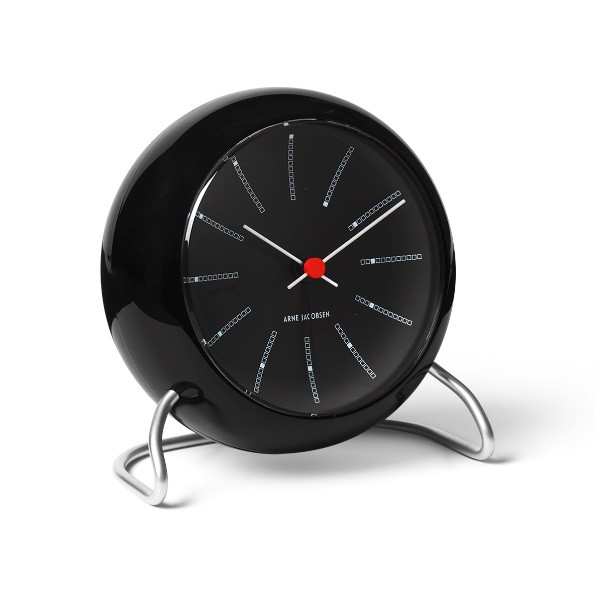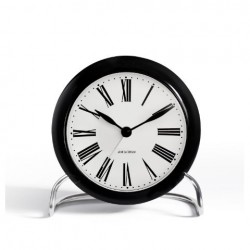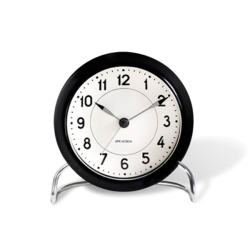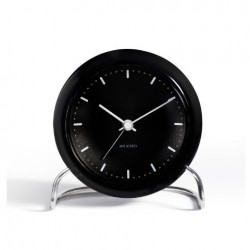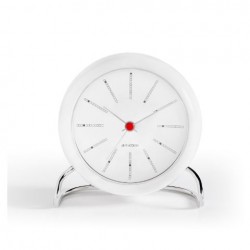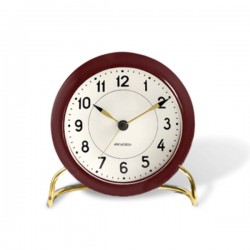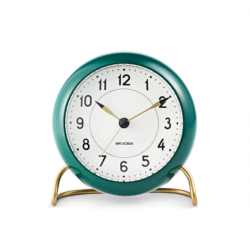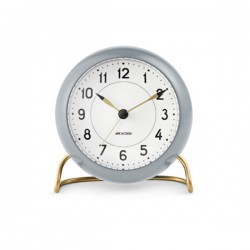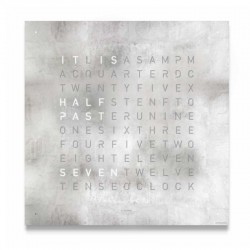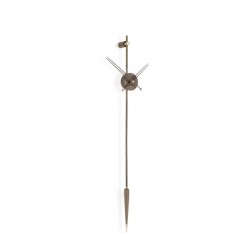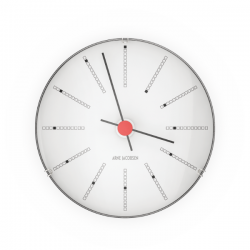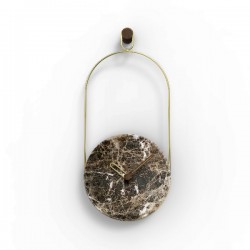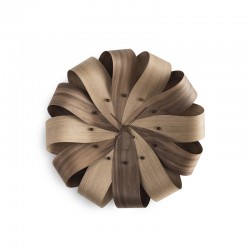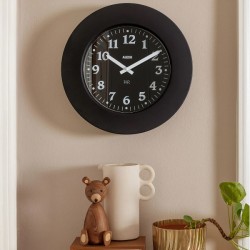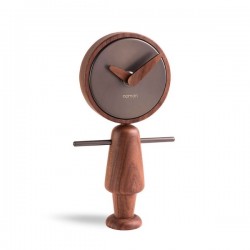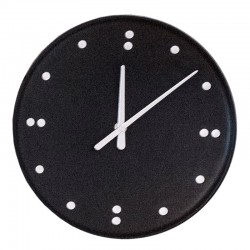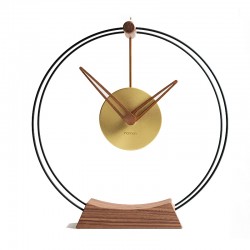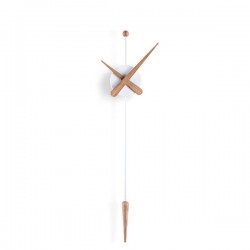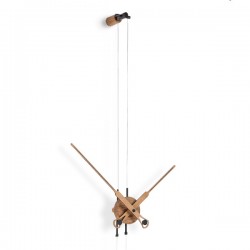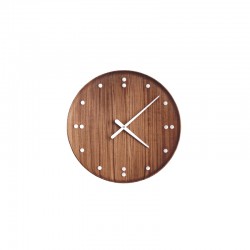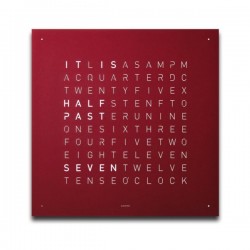Rosendahl Bankers Table Clock Black
The stylish Bankers Table Clock from Arne Jacobsen is produced with an impact-resistant, hardened top lens. The Bankers Table Clock, which is 11 centimetres in diameter, has a black-on-black look that is just one refined feature of its unique design.
The base is produced from solid stainless steel. The sleek Bankers clock was designed in 1971 specifically for the new National Bank of Denmark. In 1978, when the building was complete, the Bankers clock was given pride of place, including in the 20-metre-high foyer. Arne Jacobsen won a range of competitions for the National Bank of Denmark in 1961.
This unique, special table clock expresses Danish design in a neutral, yet richly detailed fashion. It will be the perfect decorative and minimalistic element for your interior.
- Specifications
Material:Hardened glass and plastic
Please note: Alarm feature. Light and snooze sensor. Battery: 2 AA batteries. Batteries not included
- Size Description
Diameter 11 cm
Width 11.3 cm
Height:12 cm
Depth 6.7 cm
-
Arne Jacobsen
<p>Arne Jacobsen (1902-1971) was trained as a bricklayer and graduated from The Technical Society's school in 1924 and Copenhagen Art Academy 1927. In 1928 he received the Academy's gold medal, but prior to this, when only 23, he was awarded a silver medal at the 1925 Paris World Exhibition - the first of numerous honours that became a natural accompaniment to his artistic activities, his untiring search and his brilliant conceptions, made manifest by many successes in competitions at home and abroad. His main works include: town halls in ?rhus, Søllerød, Rødovre and Glostrup, SAS-building (Royal Hotel) in Copenhagen, Munkegårds School in Gentofte, Toms Chocolate Factory in Ballerup, The Danish National Bank headquarters, a sports hall in Landskrona, St. Catherine's College, Oxford and Hamburgerische Elektrizitätswerke's administration building. In 1932, Arne Jacobsen began collaboration with Fritz Hansens Eft. A/S, and over a period of years designed a series of chairs which are now recognised as milestones in the development of modern furniture. They include "The Ant" (1951), "The Egg" (1957), and "The Swann"(1957). But he was also an innovator in other design fields, such as the tableware series "Cylinda-line" in stainless steel. Arne Jacobsen was a professor at the Art Academy, and received honorary doctorates from a number of foreign universities and academies. Cylinda-line was awarded the ID-prize 1967 by The Danish Society of Industrial Design and The International Design Award 1968 by The American Institute of Interior Designers.</p>
Related products
Rosendahl Station Table Clock Black
Rosendahl Table Clock City Hall Black
Rosendahl Table Clock Bankers White
Rosendahl Station Table Clock Red
Rosendahl Station Table Clock Green
Rosendahl Station Table Clock Grey
You may also like
Qlocktwo Creator’s Edition Platinum
Nomom Semicolon Premium
Rosendahl Weather Station Bankers Clock
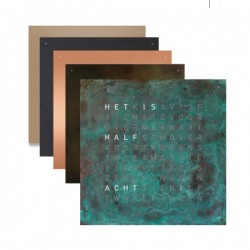
Qlocktwo Classic Front Cover Metal
Nomon Eslabón Marble Clock
Nomon Brisa Clock
Alessi Momento Clock Black
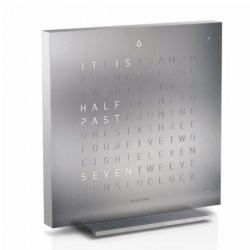
Qlocktwo Touch Full Metal
Nomon Nene Clock Walnut



 EUR
EUR

